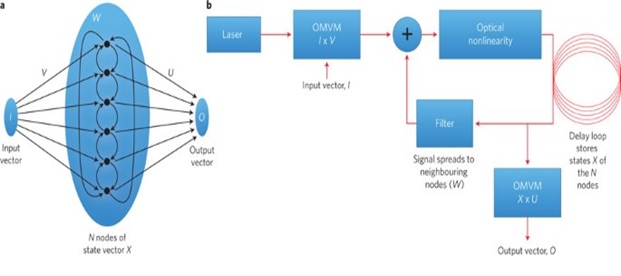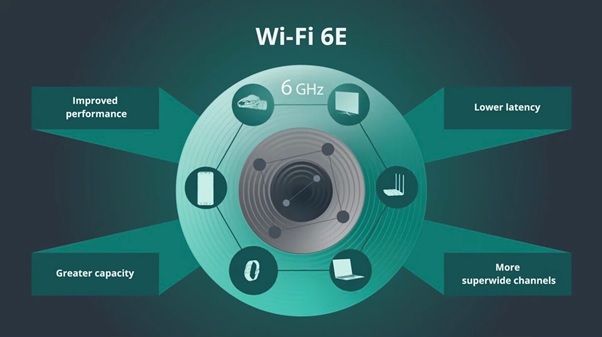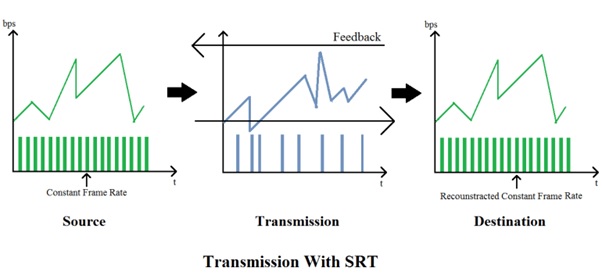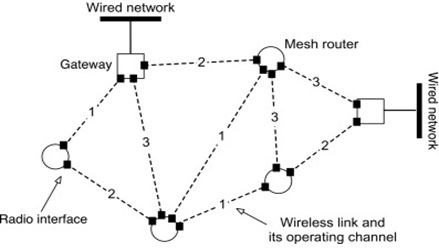Security Cross cutting issues
Security cross-cutting issues which could foster or impede food and nutrition security are discussed. These are the concept of the right to food; gendering food security; land tenure; population growth pressure on land and water resources; empowerment and resilience through access to factors of production; food security governance; government capacity to formulate, implement, and institutionalize change and reform; food sovereignty; and climate change.[2]
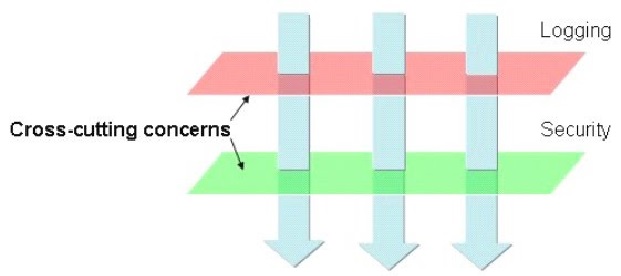
Figure 1. Security cross cutting issues
Figure 1 shows cross-cutting concerns are parts of a program that rely on or must affect many other parts of the system. They form the basis for the development of aspects. Such cross-cutting concerns do not fit cleanly into object-oriented programming or procedural programming. Cross-cutting concerns can be directly responsible for tangling, or system inter-dependencies, within a program. Because procedural and functional language constructs consist entirely of procedure calling, there is no semantic through which two goals (the capability to be implemented and the related cross-cutting concern) can be addressed simultaneously. As a result, the code addressing the cross-cutting concern must be scattered, or duplicated, across the various related locations, resulting in a loss of modularity. [1]
Cybersecurity
The American people deserve to know that companies running our critical infrastructure meet basic, common sense cybersecurity standards, just as they already meet other security requirements. Nuclear power plants must have fences and defense to thwart a terrorist attack. Water treatment plants must test their water regularly for contaminants. Airplanes must have secure cockpit doors. We all understand the need for these kinds of physical security measures. It would be the height of irresponsibility to leave a digital backdoor wide open to our cyber adversaries.
Defense
We will never erase the evil that lies in the hearts of some human beings, nor stamp out every danger to our open society. But what we can do -- what we must do -- is dismantle networks that pose a direct danger to us, and make it less likely for new groups to gain a foothold, all the while maintaining the freedoms and ideals that we defend. And to define that strategy, we have to make decisions based not on fear, but on hard-earned wisdom. That begins with understanding the current threat that we face.
Intelligence and Counterterrorism
Today, Osama bin Laden is dead, and so are most of his top lieutenants. There have been no large-scale attacks on the United States, and our homeland is more secure. Fewer of our troops are in harm’s way, and over the next 19 months they will continue to come home. Our alliances are strong, and so is our standing in the world. In sum, we are safer because of our efforts. Now, make no mistake, our nation is still threatened by terrorists. From Benghazi to Boston, we have been tragically reminded of that truth. But we have to recognize that the threat has shifted and evolved from the one that came to our shores on 9/11. With a decade of experience now to draw from, this is the moment to ask ourselves hard questions -- about the nature of today’s threats and how we should confront them.
Global Development and Human Rights
Development that offers a path out of poverty for that child who deserves better. Development that builds the capacity of countries to deliver the health care and education that their people need. Development that unleashes broader prosperity and builds the next generation of entrepreneurs and emerging economies. Development rooted in shared responsibility, mutual accountability and, most of all, concrete results that pull communities and countries from poverty to prosperity. These are the elements of America’s new approach. This is the work that we can do together.[3]
References:
- https://en.wikipedia.org/wiki/Cross-cutting_concern
- https://www.researchgate.net/publication/312260719_Cross-Cutting_Issues
- https://obamawhitehouse.archives.gov/issues/foreign-policy/cross-cutting-issues
Cite this article:
Thanusri swetha J (2021), Security cross cutting issues, AnaTechMaz, pp. 18



